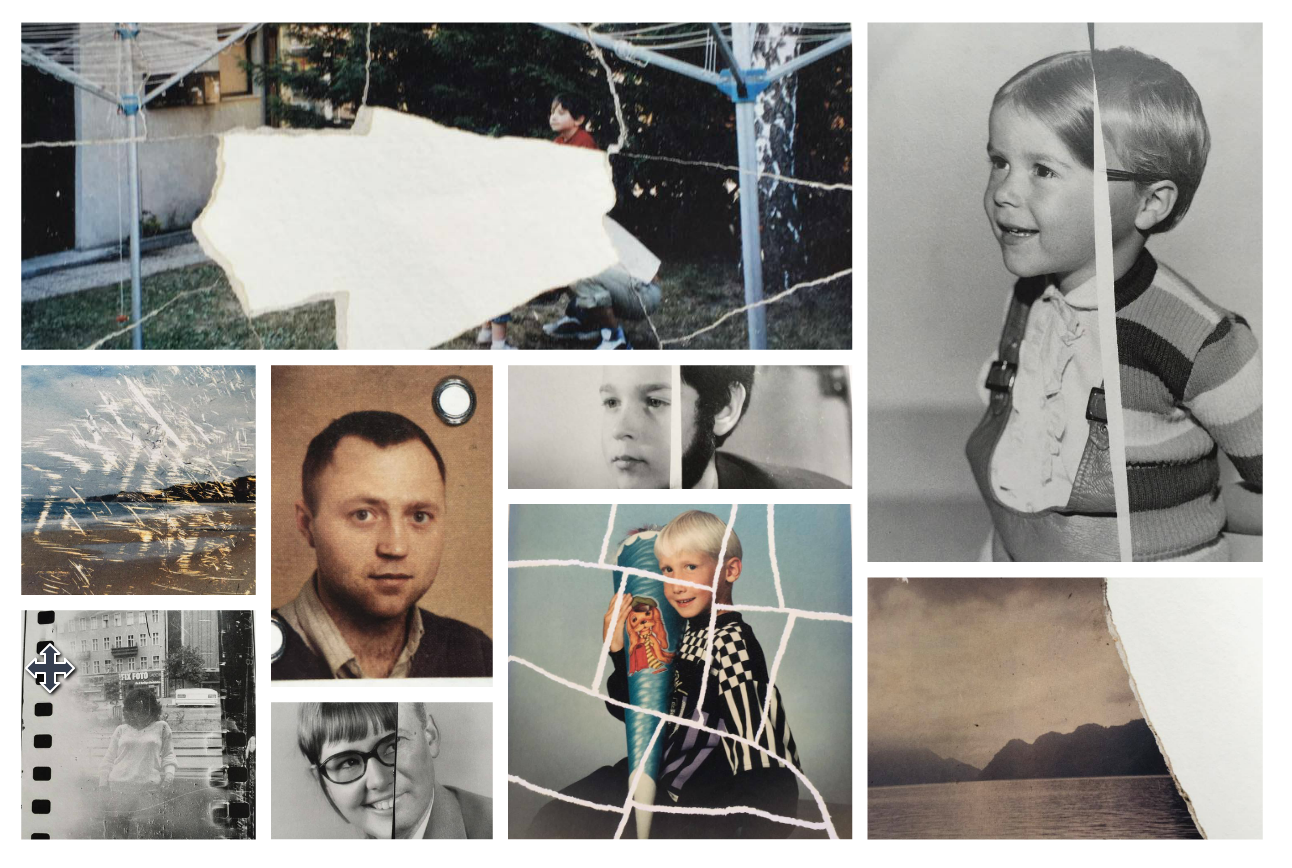” I think there are no meaningful images. Meanings are created outside of the image. “ – Joachim Schmid
The work of Joachim Schmid remained something of an inside secret in photography throughout much of the 1990s. despite over a decade of international exhibitions and numerous publications. But by late 2004, it was clear to those involved in this project tat Schmid’s contribution to the field deserved wider recognition, critical assessment, and documentation.
The images showing some of Joachim Schmid’s work and what I will be using as reference to my own work and how I will be getting inspiration from his work all comes from the photo book called ‘ Joachim Schmid Photo Works 1982 – 2007’. It was conceived as nether a traditional exhibition catalogue nor an illustrated critical monograph, but a blend that takes the best from each format. The results are visually beguiling, often hilarious, and deeply moving on a human level, constituting one of the most sustained and original investigations of vernacular photography yet created. Schmid’s work blurs the boundaries between artistic, critic, historian, archeologist and anthropologist in a radical re – reading of the history of photography. He asks viewers to look seriously at photographic material formerly considered unworthy of either the art museum or archive, including discarded snapshots, Brazilian ID photographs, purloined imaged from internet webcams, and eccentric groupings of vernacular photography. At once expanding and short – circuiting inherited notions of the photographic canon, his work deftly questions the nature of authorship and artistic intention in the post – romantic, post – Duchamp western tradition. At its heat, Schmid’s work expresses a quiet but persistent scepticism about the central role assigned to art photography and what we might call ‘high journalism’ as documents of human photographic culture. Without disputing the value of accepted histories and collections of photography, Schmid chooses to focus on what they leave out, and what those other scorned and neglected images reveal about the world of cameras and people.
Joachim Schmid suspects that few people in the world have looked at more photographs than he has. It is a surprising and unstable assertion, but he is probably right. ‘For several years in the late 1980s to mid 1990s – I was a professional looker. I looked at thousands of photographs a day. Once I checked it: I could look at about 10,000 in a day. But after you finish that you just want to close your eyes. No more visuals information.’ At the time, he was working on archive commissions, both as an artist and as an editor critic, combing through mountains of material in search of unseen patterns, undiscovered themes, exceptional images and new ways to understand photography outside the museum walls. Driven by the conviction that ‘basically everything is worth looking at,’ his work since 1982 has burrowed deeply into the photographic ‘Bilderberg’ of everyday life, extracting a mother lode of insight into the life and death of photographs in our time.

